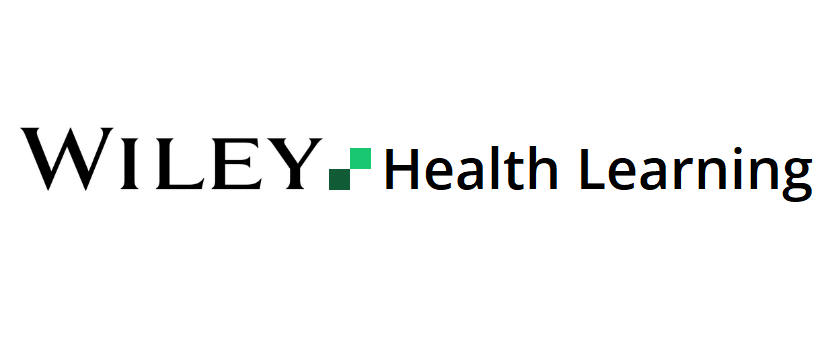![]()
Article Title: Optimizing Outcomes in Relapsed and Refractory Multiple Myeloma: personalized approaches and adverse event management
CME Editor: Dr. Carlo Brugnara
Article Authors: Eirini Katodritou, Evangelos Terpos, Suzanne Lentzsch, Shaji Kumar
Learning Objective: In managing relapsed and refractory multiple myeloma, it is essential to tailor treatments while mitigating adverse events. Therapies like Carfilzomib require vigilance due to their association with cardiopulmonary toxicity in about 15% of patients. Similarly, Belantamab mafodotin poses a high risk of grade 3-4 keratopathy in 30-40% of patients, highlighting the need for regular eye assessments. Prophylactic strategies, such as administering two antiemetics like ondansetron and neurokinin-1 inhibitors, can help address gastrointestinal issues caused by Selinexor. Additionally, immune-related toxicities like cytokine release syndrome (CRS) are commonly observed with CAR T-cell therapy and bispecific antibodies, necessitating prompt and effective intervention. Finally, understanding the unique side effects of Talquetamab, including weight loss, taste disturbances, and skin changes related to GPRC5D expression, allows for more personalized management of patient care. Together, these considerations support an individualized, outcome-focused approach to improving patient quality of life.
Release Date: 9th May 2025
Activity Disclosures
CME Editor, Dr. Carlo Brugnara reported no conflicts of interest or financial relationships relevant to this article. This activity underwent peer review in line with the standards of editorial integrity and publication ethics. Conflicts of interest have been identified and resolved in accordance with John Wiley and Sons, Inc.’s Policy on Activity Disclosure and Conflict of Interest.
Supported by an educational grant from Janssen Biotech, Inc., administered by Janssen Scientific Affairs, LLC.
Accreditation
John Wiley & Sons, Inc. is accredited by the Accreditation Council for Continuing Medical Education (ACCME) to provide continuing medical education for physicians.
John Wiley and Sons, Inc. designates this journal-based CME activity for a maximum of 1.0 AMA PRA Category 1 Credit™. Physicians should only claim credit commensurate with the extent of their participation in the activity. For information on applicability and acceptance of continuing medical education credit for this activity, please consult your professional licensing board.
This activity is designed to be completed within 1 hour. To successfully earn credit, participants must access the activity on https://www.wileyhealthlearning.com and complete the activity during the valid credit period, which is up to three years from initial publication. Additionally, up to 3 attempts and a score of 70% or better is needed to pass the post test and claim CC credit. [ACGME competency/CC category: Medical Knowledge].
